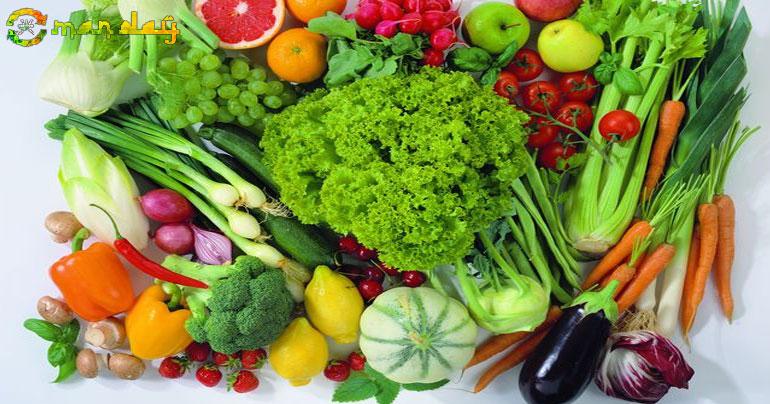Eating fruits and veggies may keep the blues away
We've all heard that eating fruits and vegetables is healthy for us. But now there's an added incentive to upping your intake of produce: It will put you in a better mood, according to a new study.
The American Academy of Neurology evaluated 964 participants over the course of six-and-a-half years and discovered those who followed a DASH diet (high in produce) may have a lower risk of developing depression compared to those who adhered to a western diet (high in red meats). The risk of suffering from depression was 11 percent lower for DASH diet followers compared to others in the study.
"Making a lifestyle change such as changing your diet is often preferred over taking medications," said study author Dr. Laurel Cherian.
However, the study makes it clear that there isn't enough evidence to show that eating more fruits and vegetables on the DASH diet doesn't lead to a lower risk of depression — it's just an association.
But just how many fruits and vegetables?
A 2016 Australian study published in the American Journal of Public Health found that eating eight servings of fruits and vegetables each day can make you happier. The results won't happen on day one, but over time, many people had significant increased life satisfaction, researchers Redzo Mujcic and Andrew J.Oswald found.
Increased fruit and vegetable consumption was predictive of increased happiness, life satisfaction, and well-being. They were up to 0.24 life-satisfaction points (for an increase of 8 portions a day), which is equal in size to the psychological gain of moving from unemployment to employment. Improvements occurred within 24 months.
That concrete comparison — the increase in happiness is like "moving from unemployment to employment" — impressed me because it's easy to imagine what that feels like.
How much is a serving?
Of course, if you want to make it your goal to hit eight servings of fruits or vegetables a day, you need to know how much a serving is.
The study didn't define a serving size, but according to the Australian government site Eat for Health, a standard serving of vegetables is about 75 grams (like 1/2 cup cooked green or orange vegetables or 1 cup green leafy or raw salad vegetables) and a standard serving of fruit is about 150 grams (one medium apple, banana, orange, pear or 1 cup diced or canned no-sugar-added fruit).
Getting in eight servings of fruits and vegetables might seem daunting if you're not used to it, but this is the perfect season to change your ways. It's a lot easier to get in that amount when your choices are abundant and you can enjoy juicy watermelon, fresh berries or locally grown, flavorful tomatoes and zucchini. Cementing this new habit now will make it easier to stick with your goal during the winter, when options aren't as plentiful.
Share This Post






